
Open To Interpretation
CAVS helps this government department get on with international business.
It’s the type of task you’d imagine many government departments need to take care of all the time: Take a VC call with an equivalent department overseas and conduct business via interpreters. It may not be exotic or glamorous, nonetheless, effective communication is critical to doing intergovernmental business, where every word, phrase and inflection can be crucial.
What sort of AV design best suits this kind of application elegantly and cost effectively?
Credible Audio Visual Solutions (CAVS) was faced with just such an assignment.
UP FOR INTERPRETATION
Firstly the room layout needed to be settled. A 20-cap boardroom would be supplemented by two ‘Focus’ rooms — boardroom for the bureaucrats and focus rooms for the interpreters. Separating the two groups left the boardroom to remain ‘all business’, while the interpreters can be allowed to independently get on with the sensitive job of interpretation with professionalism and precision — one focus room per ‘side’ of interpretation (English>Japanese in Focus Room 1 and Japanese>English in Focus Room 2, for eg) and two interpreters per focus room — like football commentators they tag team for better accuracy and to manage fatigue.
“We didn’t want to have the interpreters within the boardroom,” explains CAVS’ Josh Yeates. “That way we saved some space and kept the boardroom high level. Having the interpreters in the same space can also impinge on the concentration of people in the boardroom and interferes with a flowing discussion. That separation was the most important initial design criterion.”
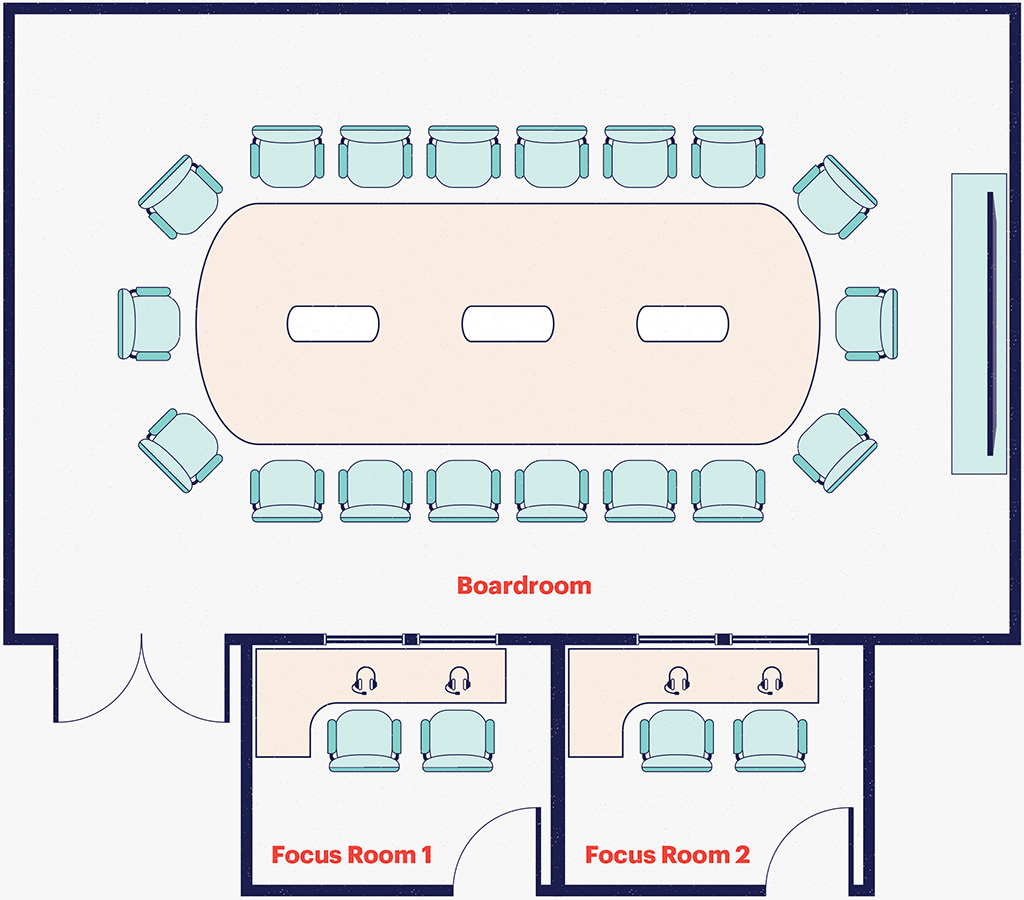
HOW IT WORKS
A Cisco VC system takes care of the meeting in the boardroom. Two Shure MXA microphone arrays pick up the conversation in the room, while QSC in-ceiling speakers provide the output, all plumbed through a QSC 110f Core.
The interpreters in the two Focus Rooms log into the Cisco call but remain anonymous — neither seen or heard on the actual call.
Two interpreters per Focus Room tagteam throughout the course of the meeting in the Boardroom. One for translating out of English and the other into English.
Each Focus Room features a WilliamsAV IC panel which can handle two headsets with individual control over levels.
The interpreters’ audio is routed to a Williams AV IR transmitter in the Boardroom. The participants in the meeting take a pack from the charge bay and select which translation they wish to hear in their over-ear set (or they can use a hearing loop lanyard if they have a T Loop hearing aid).
THE DESIGN
The boardroom is a Cisco Webex space with a Cisco touch panel to launch meetings. An 85-inch Samsung display is the visual focus. The interpreters join the Webex meeting from their focus rooms.
A Q-Sys 110f Core handles the audio DSP and takes inputs from the Webex room kit and two Shure MXA910 ceiling tiles in the boardroom, along with an MATV input and audio inputs from wall plates in the room to cater to additional laptops.
A WilliamsAV system takes care of the interpretation aspects.
A WilliamsAV IC-2 Interpreter Control Console acts as the hub in each focus room. Both interpreters can plumb into the IC-2 simultaneously, with parallel controls on the unit for each. The interpretation is routed through the Q-Sys Core and into the WilliamsAV infrared transmitter in the boardroom. The participants can hear the results via WilliamsAV IR receiver/headphones or hearing loops. The in-room listener can choose which channel they’d like depending on whether they’re an English speaker or not. The Webex call audio is piped through the QSC Acoustic Design in-ceiling speakers.
“The WilliamsAV infrared system provided more flexibility with how we were able to implement it and it was also more cost effective, which always helps. The IR approach is quite clean — the only table-mounted device in this solution was the Cisco touch panel.”
CEILING THE DEAL
The Shure MXA910 beamforming microphone array is ideally suited to an application such as this, according to Josh Yeates: “It provides a great level of speech intelligibility in boardroom-style discussions. The lobes capture speech clearly and block out unwanted background noises/rustling. We’re a big advocate of the Shure ceiling microphone array.
“For this solution, the two MXA910s paired well with the Q-Sys Core110f, giving us 16 channels of AEC within the room. Each microphone comes with eight channels of AEC, so if you require a higher intelligibility level, it’s best to process each one of the AEC channels of the microphone. You can take a mix out, which means you just take one AEC channel from the MXA910 but then it does reduce the intelligibility slightly. That’s why we included the Core 110s, to give us the grunt we needed to manage two Shure mic arrays in a sensitive space where clear speech capture was paramount.”
SECURITY
Security was another key requirement. The components of the AV design were all vetted and subsequently approved by the government IT team prior to installation. “Luckily for us, we were able to install a pretty good air gap,” explains Josh Yeates. “The translation and audio system didn’t require a connection to the client’s internal network — this was achieved by providing a separated Dante audio network to minimise cabling and termination points to the Q-Sys digital signal processor.”

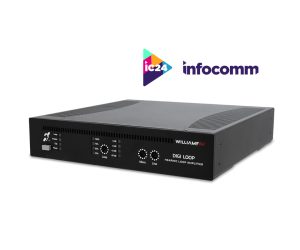


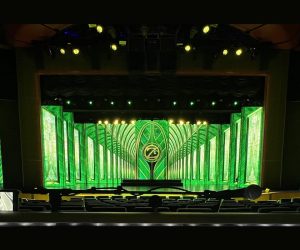


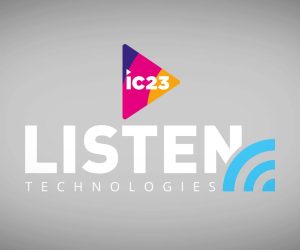
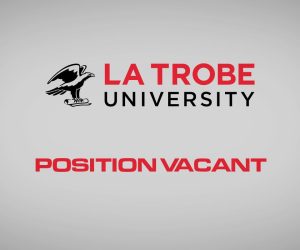


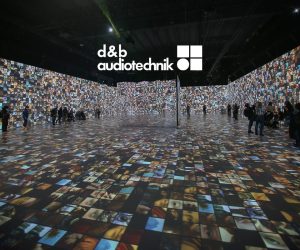



RESPONSES